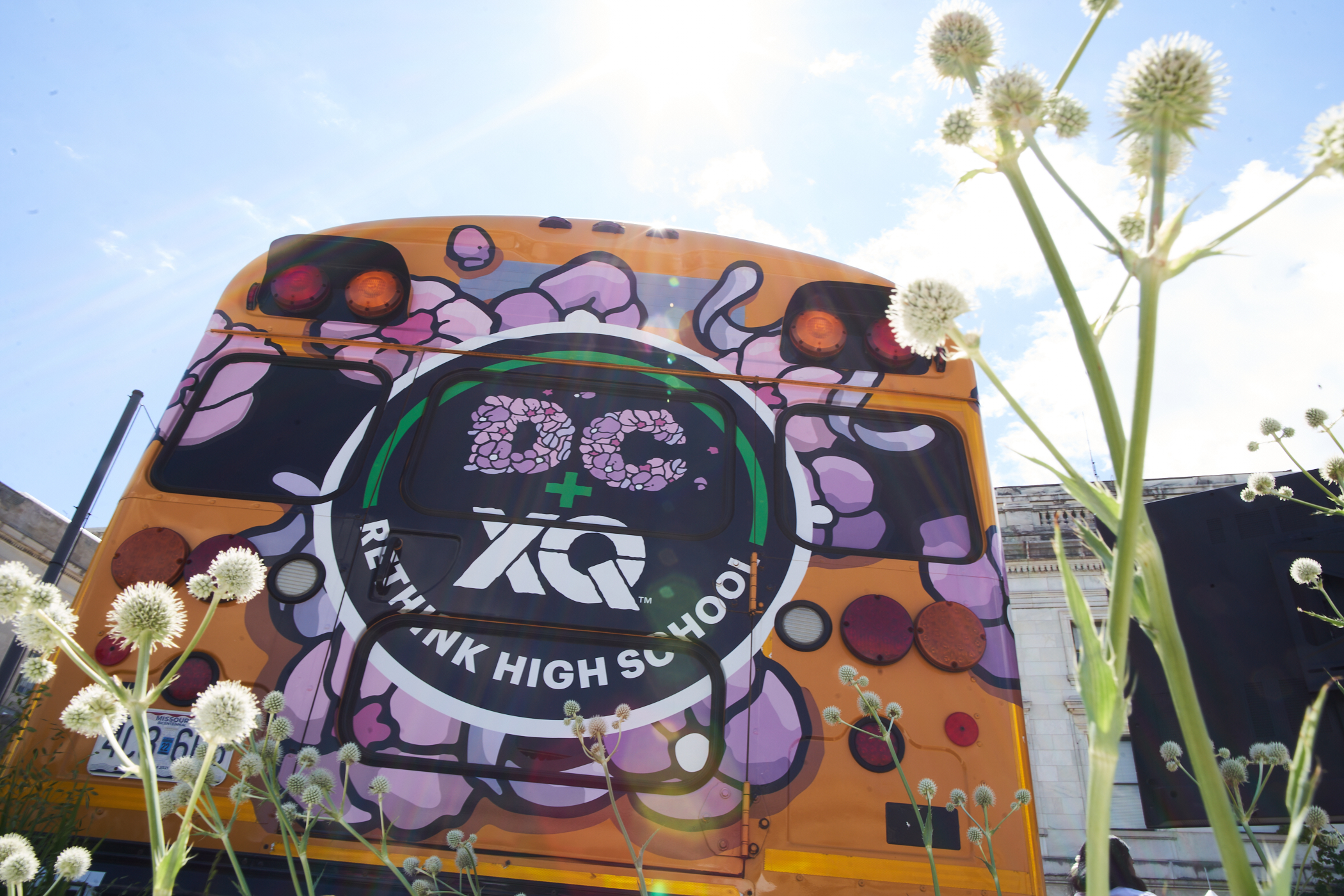Social-Emotional Learning Resources for Educators
Social-Emotional Learning is a critical support teachers can give students. Here's how you can support the mental wellbeing of your students.

SEL for educators, student voice 101, portrait of a graduate, interdisciplinary climate change projects, and a look at the American Dream.
1. TRY: Cultivating your own resilience
“Change is a given; how you respond is within your control.” That’s the main point of a recent Mindshift article that challenges teachers to cultivate their own resilience to prevent burnout, emotional fatigue, and classrooms filled with toxic stress. “Simply put, resilience is how we weather the storms in our lives and rebound after something difficult. The most important thing to know is that you can increase your resilience; it’s a set of adaptive behaviors.” But how? The key is being observant and reflective. It’s hard to do in the moment, but “between stimulus and response there is a space. In that space is our power to choose our response. In our response lies our growth and our freedom.”
2. REFLECT: What student voice is…and isn’t
“Students should be involved in decisions that affect their education…We recognize that adults, legislators, and businesses all have a role to play in reshaping education. But we also know that students suffer from a systemic lack of representation, when they should be treated as the primary stakeholders.” That’s the perspective of Student Voice, the student-founded, student-run organization that has worked tirelessly to position students as active partners in education. The org recently did some myth-busting on Medium to break down what student voice is…and isn’t. True student voice rises above keeping students informed. And it’s not “angry students storming down school doors.” The real power in student voice lies in giving young people a speaking part in their own education.
3. EXPLORE: Portrait of a graduate
Has your school spent time thinking about what you want students to know and be able to do when they graduate? This Portrait of a Graduate process can be a powerful way to plan for the future, according to a recent discussion with KnowledgeWorks and EdLeader21. “It allows a learning community to develop a sense of ‘why’ and a destination,” says Jason Swanson. According to Valerie Greenhill, “The point of the Portrait process is to stay very closely aligned with each community’s contexts, needs and values. It encourages discussion and prioritization of student supports that will be needed for each child to be successful in college, career and life—regardless of the challenges surrounding their education.” Check out their gallery featuring the results of this work in districts across the country to get inspired!
4. CONSIDER: Interdisciplinary climate change project
A recent national poll found that 8 in 10 teachers, and 4 of 5 parents, support kids learning about climate change. The top reason that teachers gave for not covering climate change? “It’s not related to the subjects I teach,” 65 percent said. But where does that fit in the curriculum? Not just science class, according to NPR. The article offers eight ideas for teaching climate change, including a citizen science project, reading novels about ecology, personal storytelling, service projects, and more. You’ll also find a long list of organizations with dozens of resources for educators.
5. WATCH: Born to win, schooled to lose
Is the American Dream a myth? That’s the question at the heart of the new “Born to Win, Schooled to Lose” report and video. Georgetown University’s Center on Education and the Workforce found: “The American Dream promises that individual talent will be rewarded, regardless of where one comes from or who one’s parents are. But, the reality of what transpires along America’s K-12-to-career pipeline reveals a sorting of America’s most talented youth by affluence—not merit.
Among the affluent, a kindergartener with test scores in the bottom half has a 7 in 10 chance of reaching high socio-economic status as a young adult, while a disadvantaged kindergartener with top-half test scores only has a 3 in 10 chance…The gap in student success also varies by race. Black and Latinx tenth graders with top-half math scores are more likely to earn a college degree within 10 years than their peers with bottom-half math scores. But, they are still less likely to earn a college degree than White and Asian tenth graders with similar scores.” The report recommends solutions such as improved and expanded high school counseling, career exploration integrated into the classroom, and high-quality work experiences during high school to help close these opportunity gaps.
X-tra from XQ
Did you know Give Me Five is just one of the many ways we communicate with educators and ed leaders? Our social media channels offer us a way to engage in ongoing conversation with all of you on a number of important topics related to rethinking high school and beyond.
This week we’re featuring student perspectives on the 65th anniversary of Brown v. Board of Education, the landmark Supreme Court ruling that desegregated American public schools.
Head on over to our Instagram, Twitter, and Facebook for powerful historic images and student reflections on this important anniversary.









